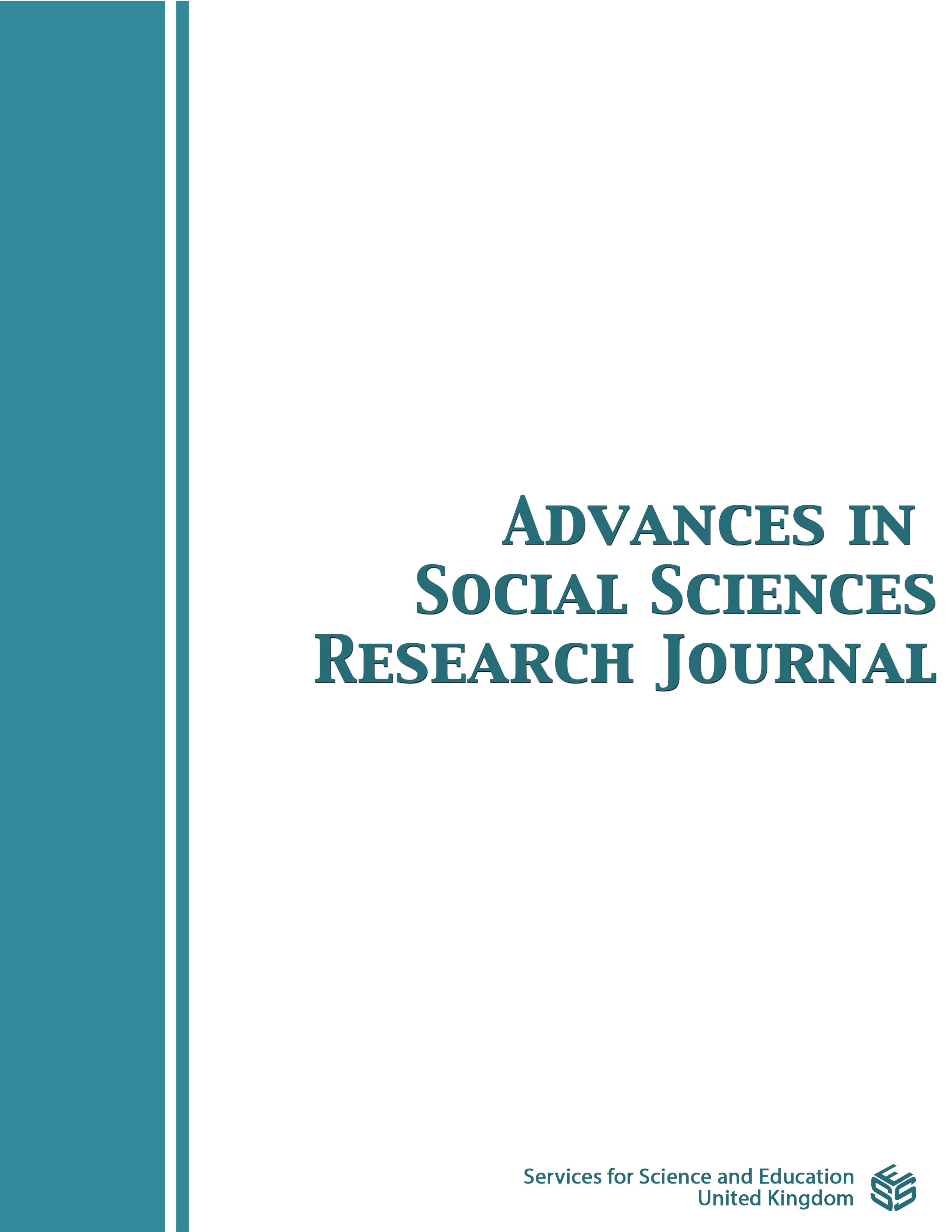The Sixth Sector Industrialization of Agriculture and the Relay Shipping of Vegetables in Japan
Implications for the Agricultural and Rural Development of Middle Income Countries
DOI:
https://doi.org/10.14738/assrj.87.10576Keywords:
institutional reform, executing agencies, value chain, middle income trap, relay shipping, the Sixth IndustrializationAbstract
This paper aims to extract lesson from the experiences of Japan for escaping from the middle income trap which many countries in Asia and Africa confront. This paper will review in detail the efforts to increase the income levels of rural and agricultural firms by establishing a value chain under an almost zero growth economy in the 2000s in Japan. After referring to the condition of Japan agriculture and the framework of structural reform of agricultural policy of Japan, the core action schemes of the Sixth Industrialization and Relay Shipping are focused on. The mechanisms of relay shipping of vegetables and the institutions for facilitating the scheme are reviewed in detail. It is revealed that institutional capacity for greater inter-sector and government coordination are essential for implementing the schemes to establish effective and efficient value chain. These are institutional reform and capacity building efforts in Japan. Experiences in Japan reveal that various executing agencies with good governance are required to establish the mechanism of effective resource mobilization and implement reform of value chain. There have been no detail studies on implementing such reform for establishing sustainable value chain in countries where escaping middle income trap is needed. This study should be useful lesson for countries confronting the middle income trap.
References
Doner, Richard F., and Ben Ross Schneider (2016) “The Middle-Income Trap: More Politics than Economics.” World Politics 68 (4), pp. 1–37.
Gill, Indermit S., and Homi Kharas (2007) An East Asian Renaissance: Ideas for Economic Growth. Washington, DC: World Bank.
Gill, Indermit S., and Homi Kharas (2015) “The Middle-Income Trap Turns Ten.” Policy Research Working Paper 7403, Washington, DC: World Bank.
Hotta, Kazuhiko (2012) Noushoukou-kan no Kyousou-teki Renkei to Nolejji Maneijimento(in Japanese; Co-creative Alignment between Agriculture, Commerce and Industry and Knowledge Management), Nourin Toukei Syuppan.
Japan for Sustainability (2012) “MAFF Announces Creation of Networking Organization to Encourage ‘Sixth’ Industrialization.” May 6. (https://www.japanfs.org/en/news/archives/news_id031890.html)
Kurokawa, Kiyoto, Fletcher Tembo and Dirk Willem te Velde (2010) “Challenges for the OVOP movement in Sub-Saharan Africa – Insights from Malawi, Japan and Thailand.” Tokyo: JICA Research Institute.
MAFF (2017) “FY 2016, Summary of the Basic Plan for Food, Agriculture and Rural Areas: Food, Agriculture and Rural Areas in Japan.” Tokyo: Ministry of Agriculture, Forestry, Fisheries Japan (MAFF).
MAFF, Agricultural Production Bureau (2010) “Case Studies of Approaches to the Sixth Industrialization (in Japanese).”
Nakano, Ken (2014) “The “Sixth Industrialization” for Japanese Agricultural Development.” The Ritsumeikan Economic Review, 63(3&4), pp. 60–72.
Saitou, Osamu (2010) “Food Industrial Clusters and Local Brands in Japan (in Japanese), Food System Studies, 17(2), pp. 90-96.
World Bank (2018) Future of Food: Maximizing Finance for Development in Agricultural Value Chains, Washington, DC: World Bank.
World Bank (2017) “Spotlight 6: The Middle-income Trap.” in World Development Report 2017, Washington, DC: World Bank.
Yonekura, Hitoshi (2019) “Implication of the Mutual Relief Insurance Scheme in Japan for the Development of Agricultural Insurance in Monsson Asian Counties.” Journal of Farm Management Economics, No. 50, pp. 1–21.
ALIC website: https://www.alic.go.jp/english/index.html
MAAF website: http://www.maff.go.jp/e/index.html
Downloads
Published
How to Cite
Issue
Section
License
Copyright (c) 2021 Hitoshi Yonekura

This work is licensed under a Creative Commons Attribution 4.0 International License.
Authors wishing to include figures, tables, or text passages that have already been published elsewhere are required to obtain permission from the copyright owner(s) for both the print and online format and to include evidence that such permission has been granted when submitting their papers. Any material received without such evidence will be assumed to originate from the authors.






